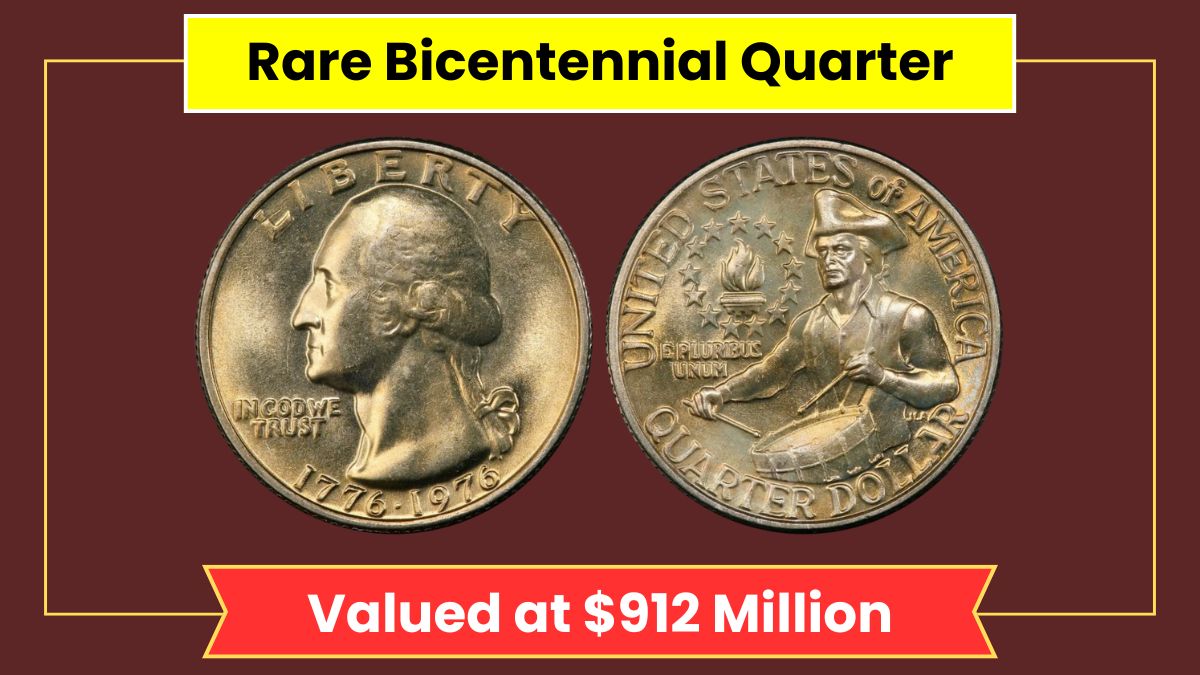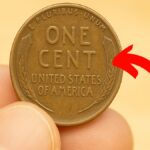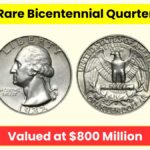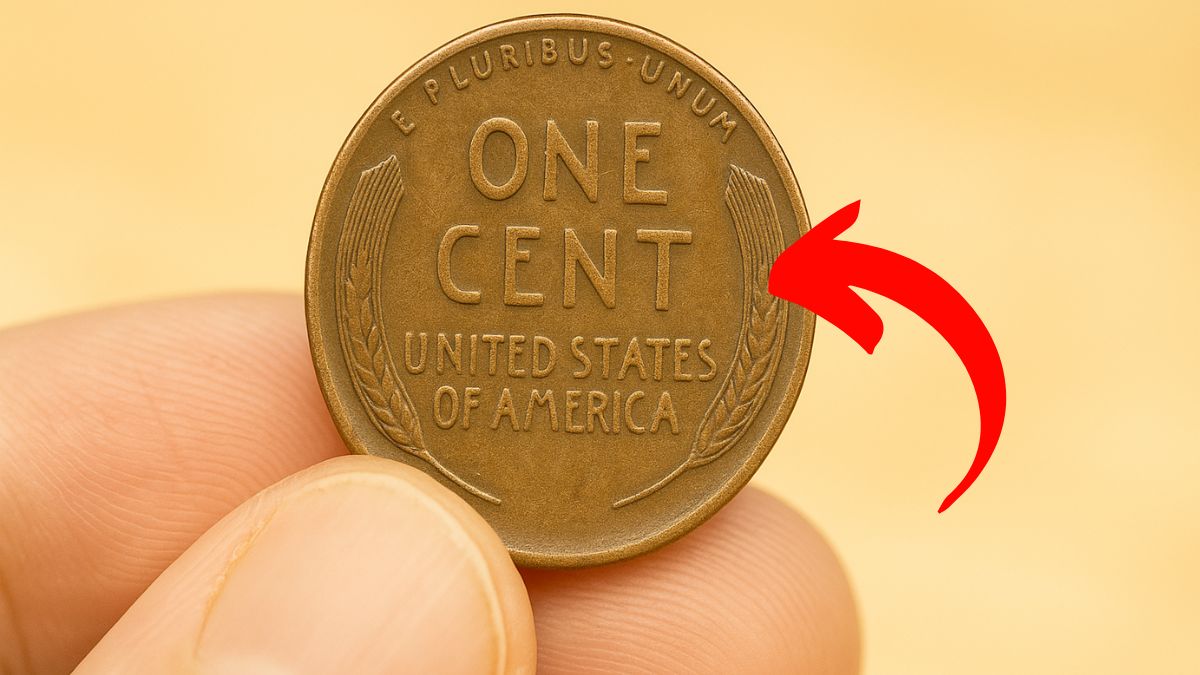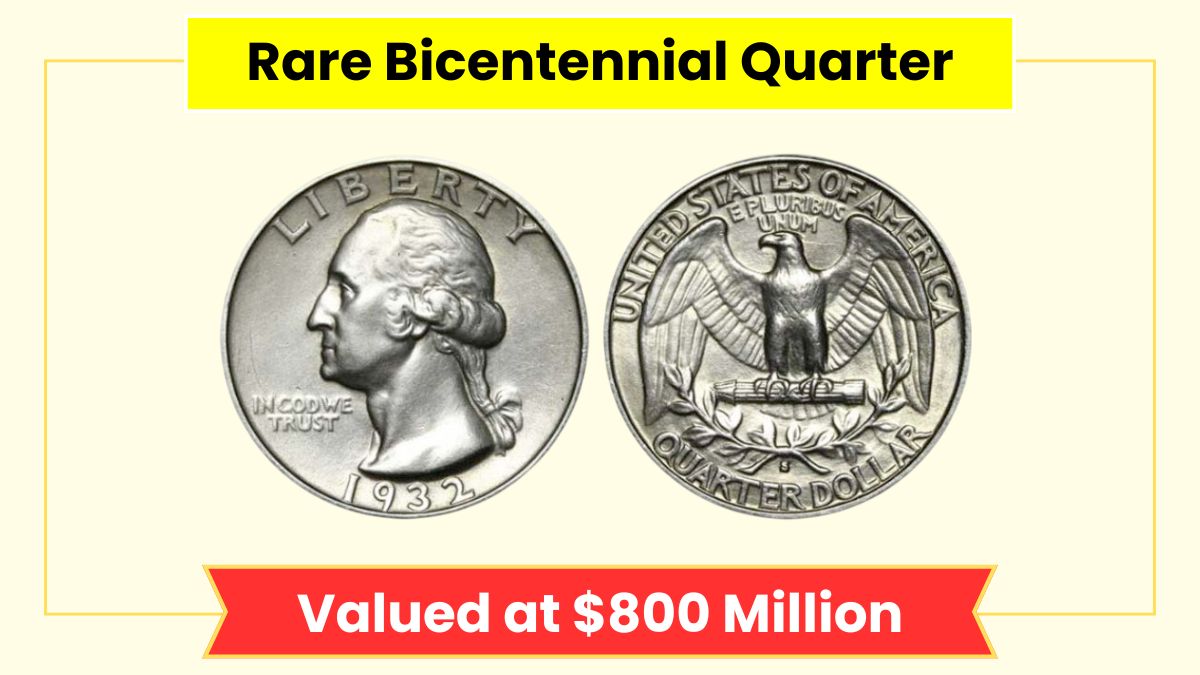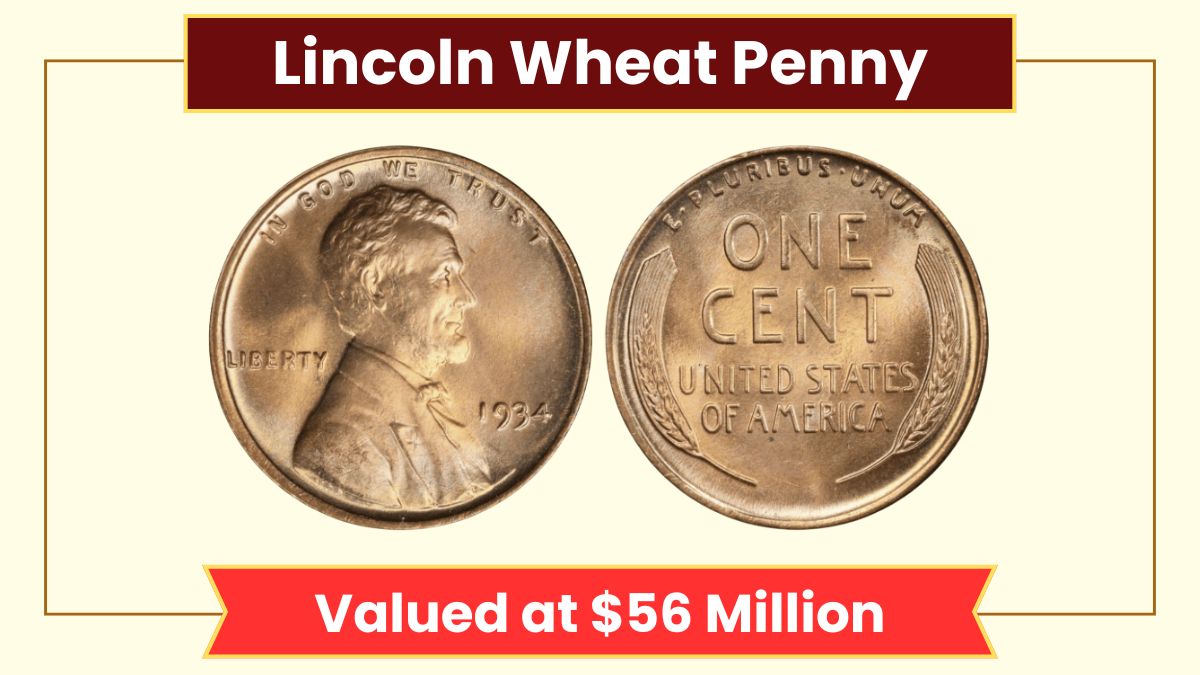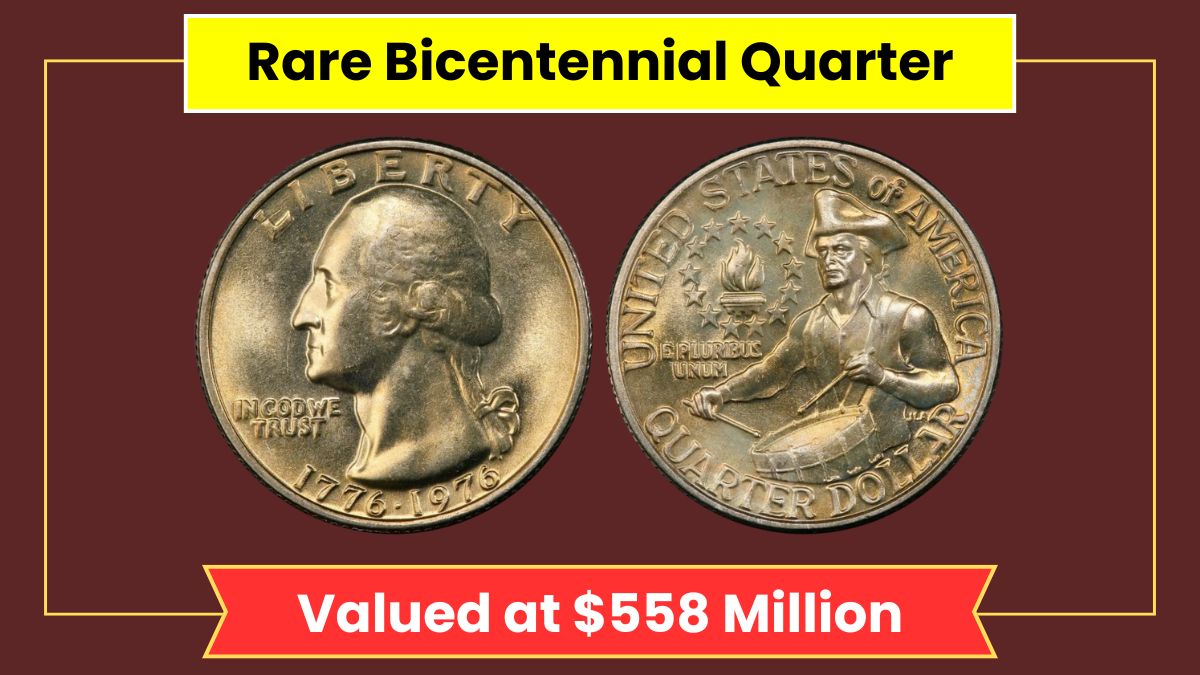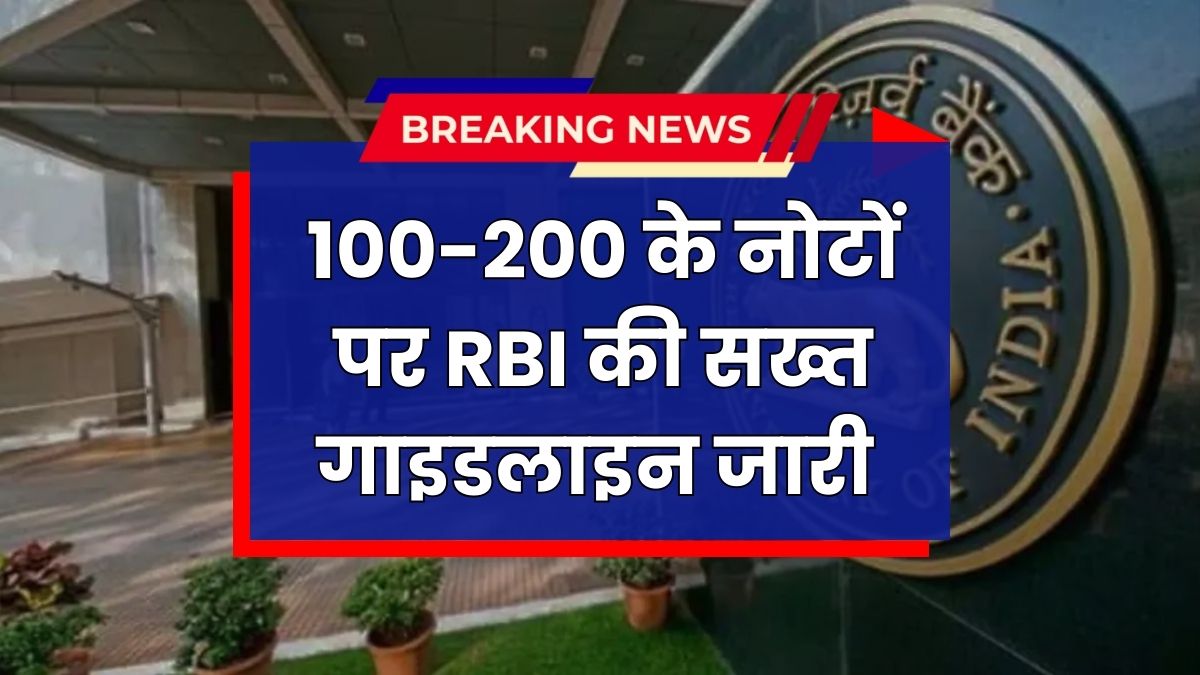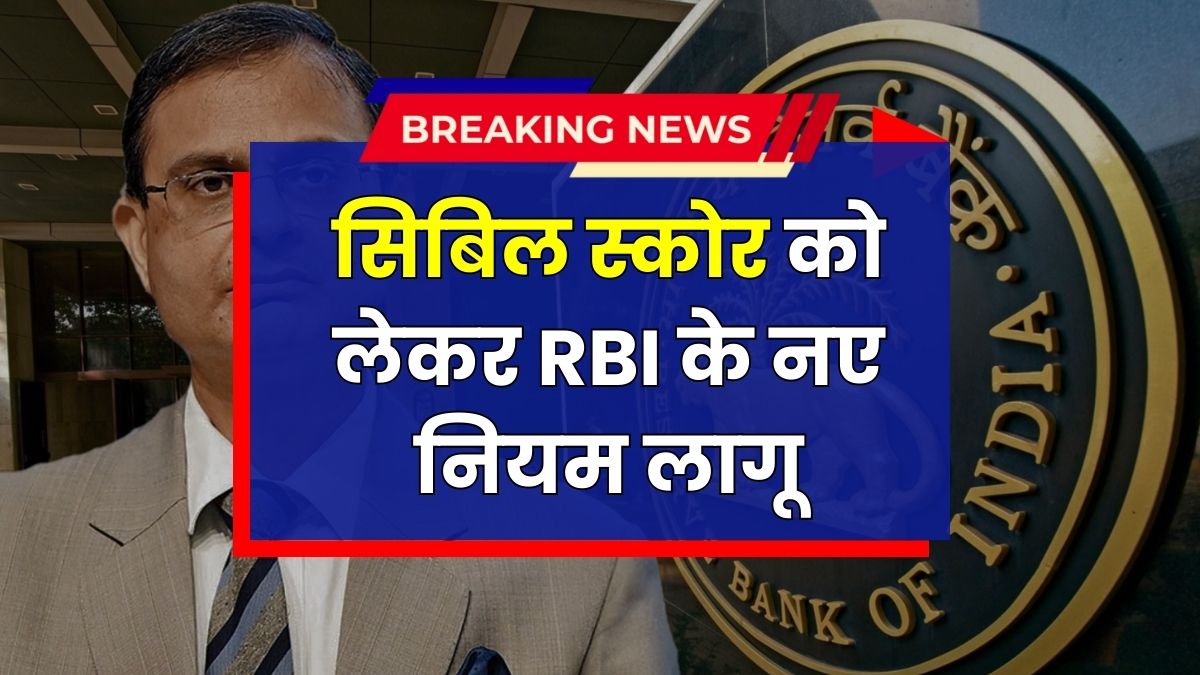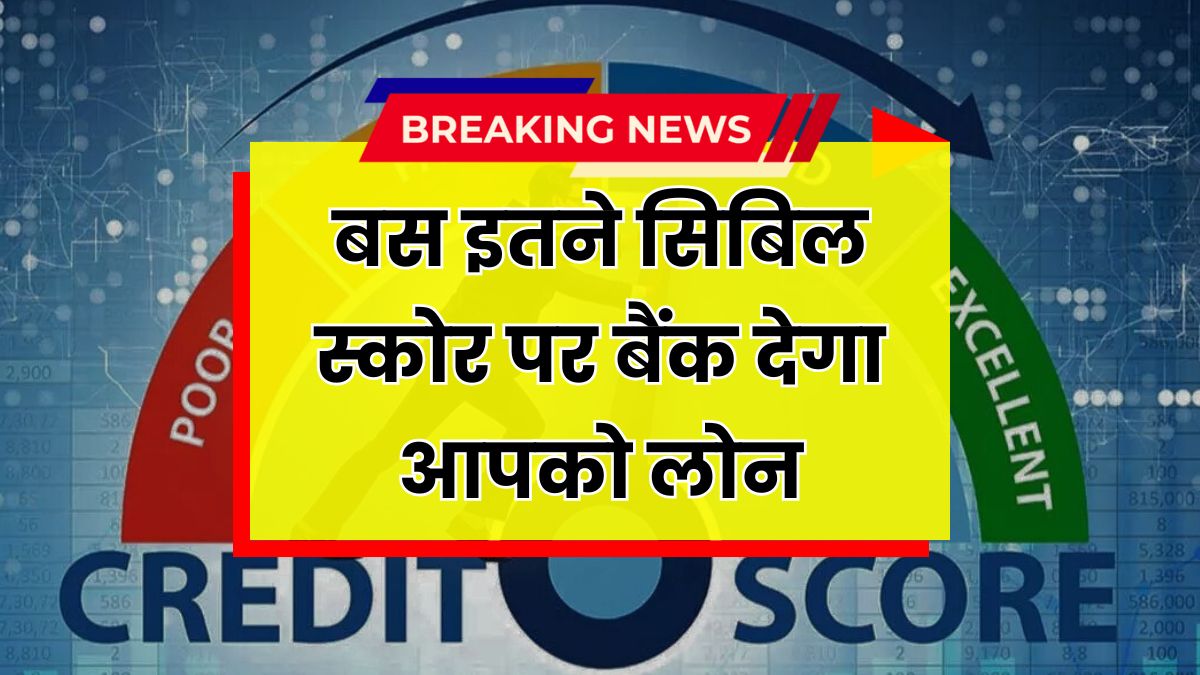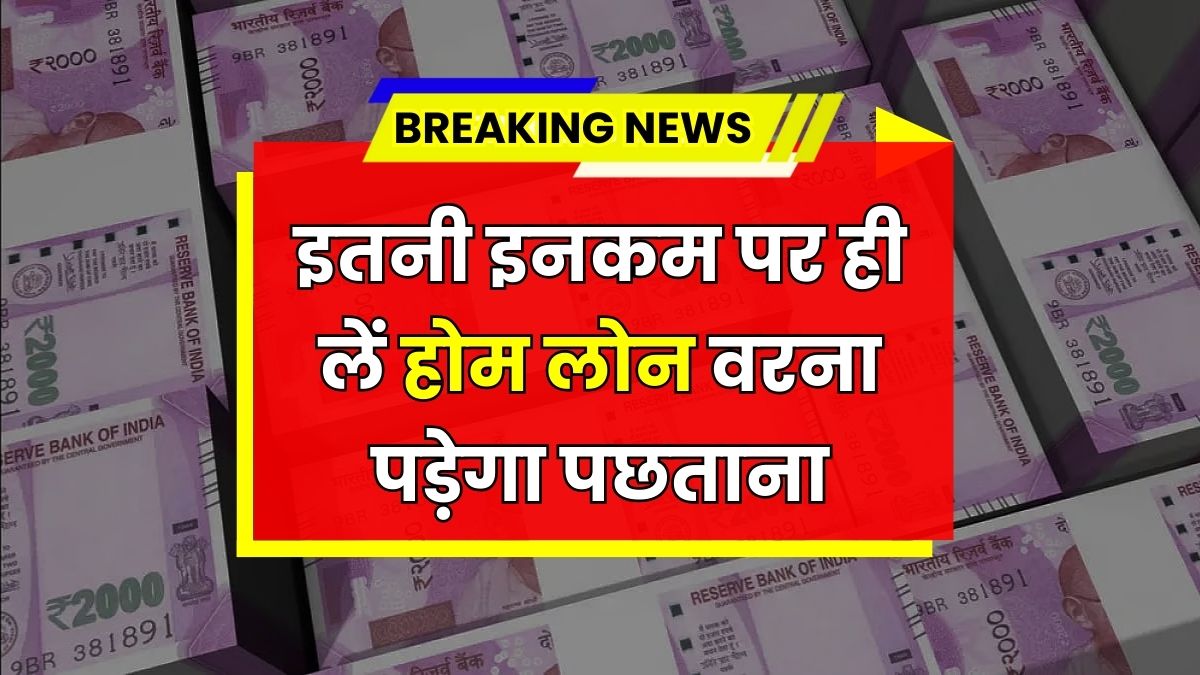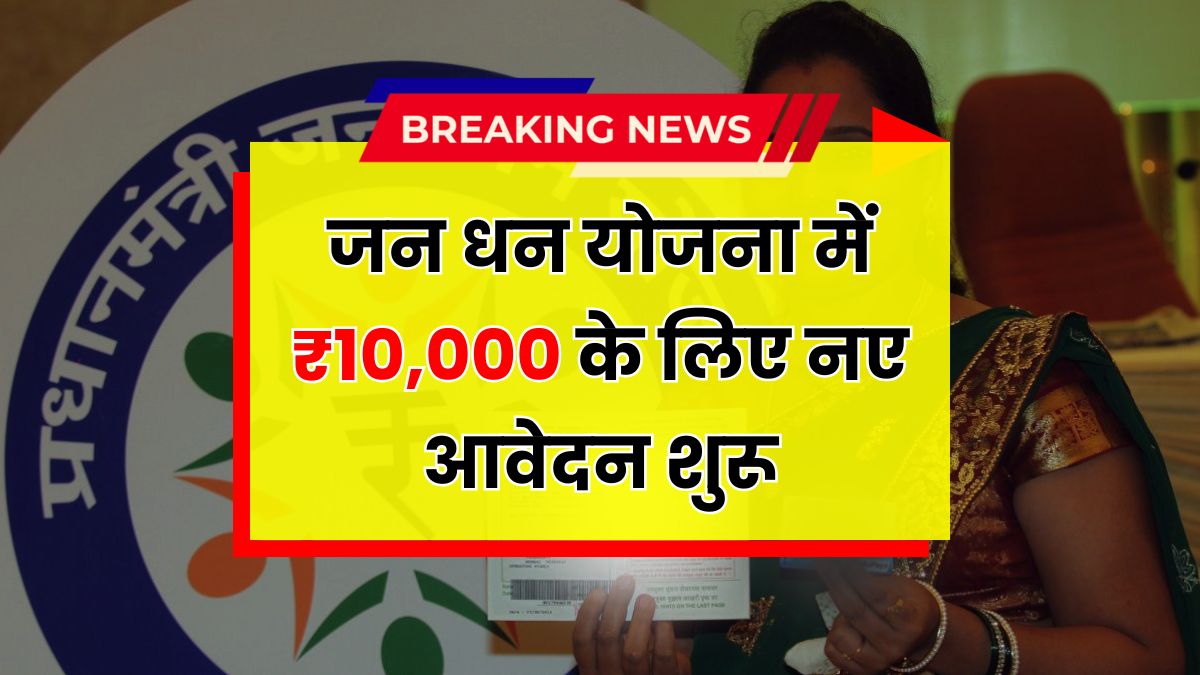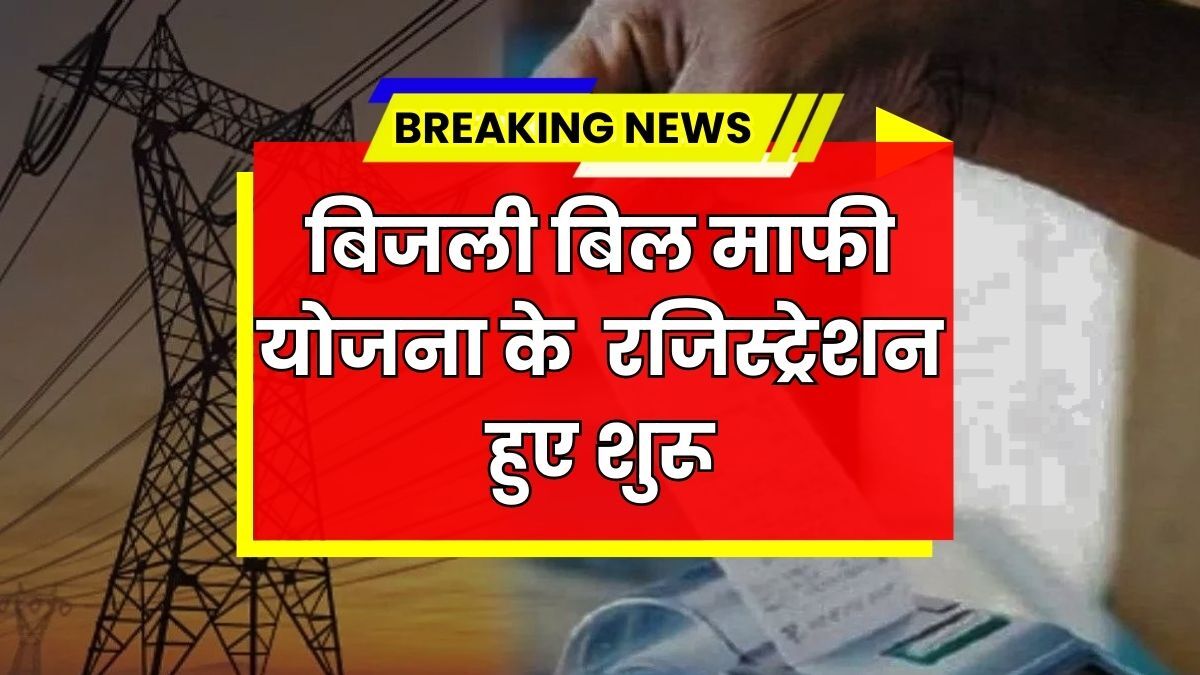What if a simple 25-cent coin could make you wealthier than most people on Earth? A viral rumor claims that a rare Bicentennial Quarter is valued at a jaw-dropping $912 million—a number that has sparked excitement, disbelief, and a lot of people digging through their coin jars. While this exact figure is likely exaggerated, the story brings attention to how rare coins—especially error coins—can be extremely valuable.
What Is the Bicentennial Quarter?
The Bicentennial Quarter was issued in 1976 to mark 200 years of American independence. Unlike regular quarters, it features:
- A double date “1776–1976” beneath George Washington’s portrait.
- A Colonial drummer boy design on the back, with a torch and 13 stars symbolizing the original colonies.
These quarters were minted in huge numbers and circulated widely, which means most of them are still only worth 25 cents. However, a few extremely rare versions, particularly those with minting errors or made from silver, are worth significantly more.
Why $912 Million? Where Did That Number Come From?
To date, no Bicentennial Quarter has sold for $912 million, and it’s unlikely one ever will. That number most likely originated from internet hoaxes, clickbait titles, or over-the-top social media posts. Still, there are real reasons why some coins, including Bicentennial Quarters, can become highly valuable:
- Minting Errors – Quarters struck on the wrong metal, with doubled designs, or off-center images are incredibly rare.
- Silver Composition – Some Bicentennial Quarters were made of 40% silver and were sold as part of collector sets.
- Perfect Condition (MS-70) – Uncirculated coins with absolutely no flaws are much more valuable.
- Historical Significance + Scarcity – A unique coin, especially one with a combination of the above traits, could command enormous prices from elite collectors.
So while the $912 million value is fictional, the idea of a Bicentennial Quarter being worth thousands or even millions of dollars is very real—if it meets the right criteria.
Could a Rare One Still Be in Circulation?
Absolutely. Some rare coins have been found in:
- Bank coin rolls
- Old family coin collections
- Garage sale boxes
- Spare change from stores
Because many people don’t check their coins closely, it’s entirely possible that a rare, valuable Bicentennial Quarter is still being spent like an ordinary coin.
How to Identify a Rare Bicentennial Quarter
Got a 1976 quarter? Here’s what to look for:
- Date: Should read “1776–1976.”
- Design: Back must feature the Colonial drummer boy.
- Edge: If it has no copper stripe and appears silver all around, it may be a 40% silver version.
- Weight: Silver quarters weigh more (around 5.75 grams).
- Mint Errors: Look for signs like doubled text, off-center strikes, or strange colorings.
- Condition: Coins in mint state with no signs of wear can be worth significantly more.
If you spot anything unusual, consider getting the coin professionally evaluated.
What to Do If You Think You Have a Valuable Quarter
- Don’t clean the coin—this reduces its value.
- Keep it in a protective case or soft pouch.
- Submit it to a certified grading service like PCGS or NGC.
- Talk to a reputable coin dealer or auction house before selling.
Conclusion: Don’t Underestimate That 25-Cent Coin
The claim of a $912 million Bicentennial Quarter might be extreme, but it reminds us of the exciting possibilities in the world of coin collecting. While most quarters are worth only face value, a rare few could be worth life-changing sums. So the next time you find a 1976 quarter with a drummer boy on the back, take a closer look—you could be holding a hidden treasure.
Disclaimer: The value of coins mentioned in this article is based on market trends and collector interest, and is not guaranteed. Always consult a professional appraiser for accurate valuation.
